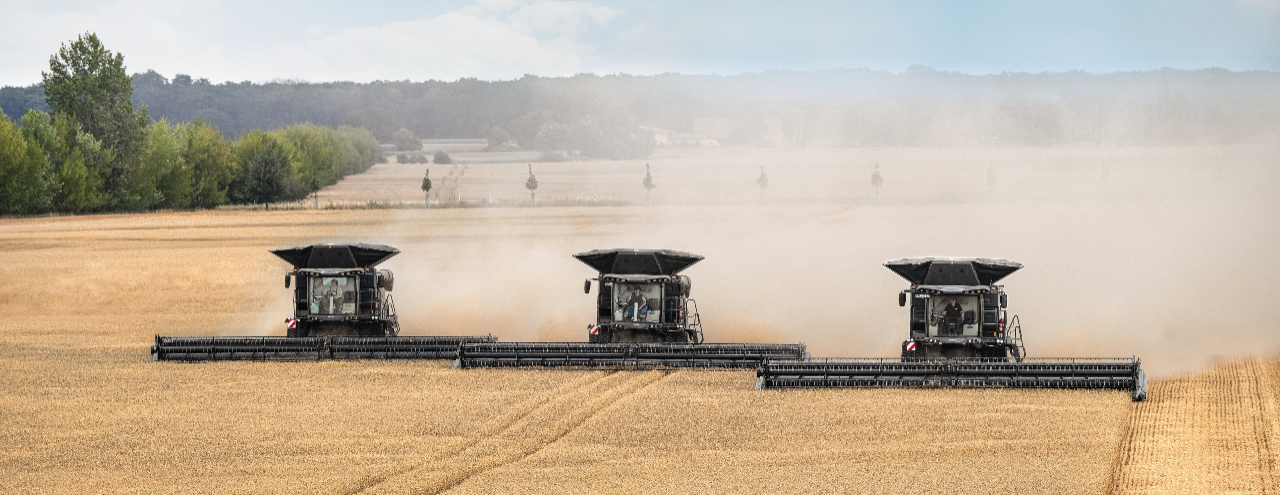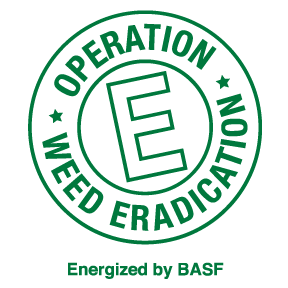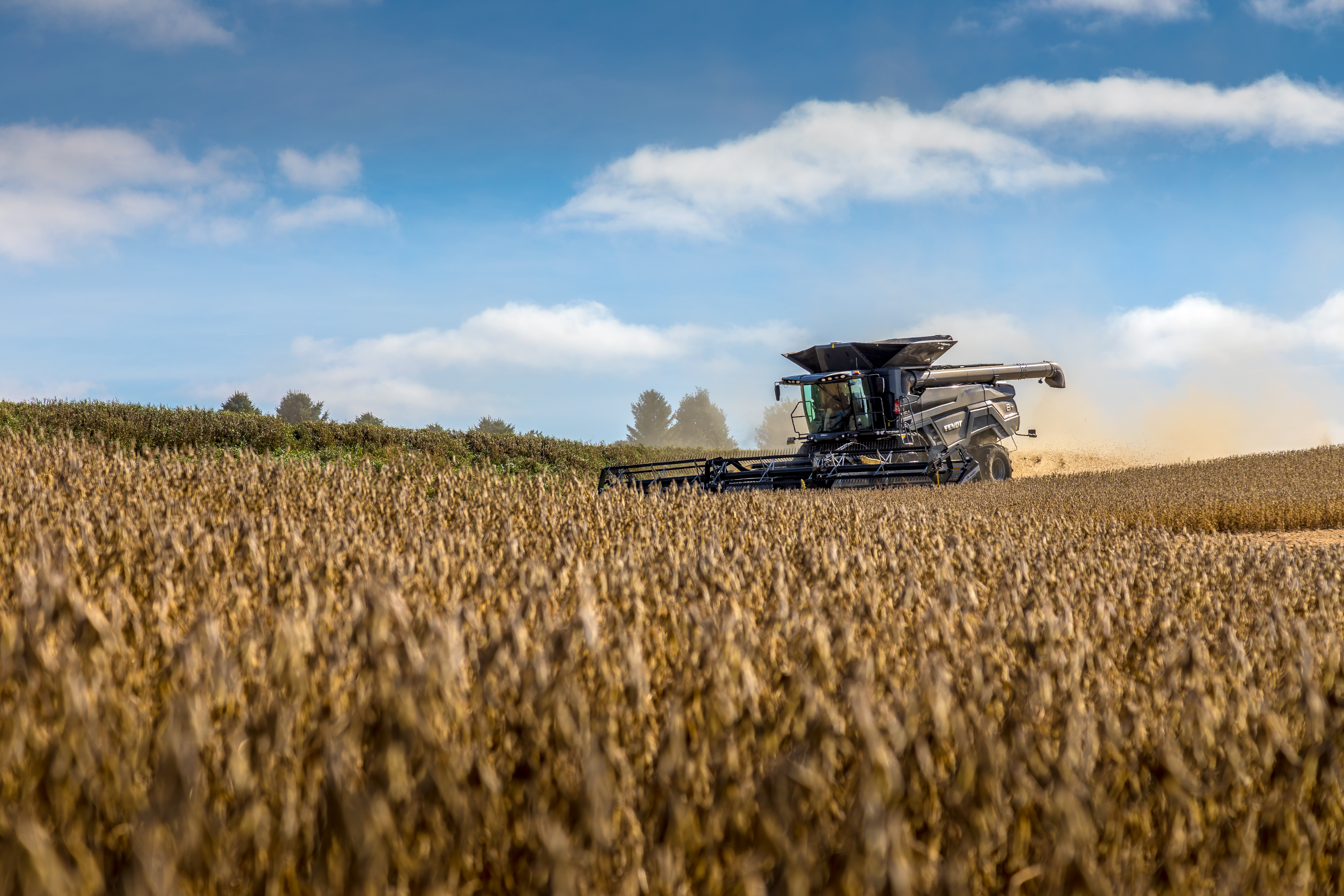Invest now for a weed-free future: Best practices for cleaning your combine after harvest
Cleaning out your combine keeps weed seed from spreading across fields.

Harvest is an important time on the farm. It’s a time when months of hard work start to pay off and everything revolves around your combine. No matter what type of crop you’re harvesting, following best practices for cleaning out your combine is important, not only to maintain the machine but also to minimize the spread of weeds from field to field — especially with prolific seeds like waterhemp and Palmer amaranth, in order to protect your land for future harvests. Because of this, we recommend thorough combine cleanout between fields and/or at the end of harvest.
Reasons to thoroughly clean out your combine:
Reduce crop contamination during harvest
Follow seed purity requirements for specialty crop (contract grown seed, organic crop, etc.)
Prevent weed seed spread
Keep out pests like mice that can chew wires or otherwise damage machines
When and where to clean out your combine
Cleaning the combine between fields is often required for specialty crops like contract-grown seed or organic seed production. However, these best practices should still be used when farming row crops like corn, soybeans, rice, cotton, etc. While cleaning at the end of harvest is standard practice for all farmers, cleaning between fields can do even more to prevent pigweed seeds from spreading from field to field.
Have an idea of a good place to conduct cleaning. You don’t want to be sending viable pigweed seed into a clean field. It might be handy to put down a tarp to catch seeds. The tarp can then be rolled up and burned when finished.
Ensuring the header, feeder house and cleaning shoe have been cleaned free of chaff, debris and dirt will keep you from spreading weed seed from one field to another.
Steps and best practices for cleaning out your combine
To start off, run your combine’s unloading augur empty for at least a minute.
Cleaning out every nook and cranny can take a while. We suggest starting at the top of the machine and working your way down. That way, dirt, chaff, plant material, grain and those pesky pigweed seeds will fall away as you work.
First, open the trap doors on the grain tank. Use compressed air or a vacuum to clean inside and around the doors.
Next, clean the threshing system. It shouldn’t hold too much grain, but it still needs to be cleaned.
Now you’ll want to open all the access doors on your combine to do the full clean. This means things like:
Grain elevator
Tailings elevator
Unloading augur
Rock trap
You’ll also want to remove the head from the combine and clean the feeder house. Again, many folks find it easy to put down a tarp to aid in cleanup.
Cleaning at the end of the season? You may want to do a once-over of the entire machine with a power washer or compressed air.
All in all, the job should take around an hour.
Additional management practices to minimize weeds seed spread
Ensuring a clean combine is vital to stop the spread of weeds. Yet there are a few steps you can take to go the extra mile:
Save the weediest fields for last if travel and crop development allows
Follow crop rotation best practices
Use good cover crops
Make combine cleaning part of your to-do list for successfully preventing the spread of pigweed seed.

